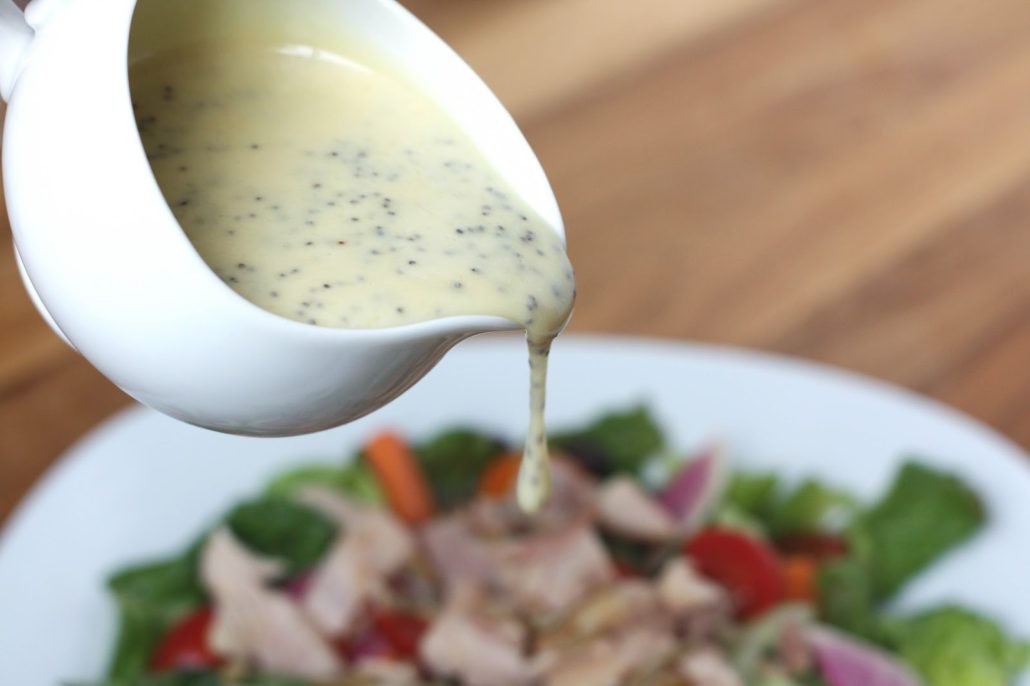We hope you’re not hungry because this will make you lose appetite for a long time. Not to mention all the foods you might want to cross out from your groceries list and never let them back into your life again. Believe us, it will be worth it! From salad dressings to ready meals, marshmallows, and Skittles, the food industry is full of secrets, and today we’ll reveal some of the most unpleasant ones. Here are 10 foods you’ll never buy again after knowing how they were made.
Marshmallows
Who can resist the sweet and delicious marshmallow? From rocky road cookies to s’mores, adding marshmallows gives your food that irresistible flavor that will make you come back begging for more. But what’s the drawback? It appears that marshmallows are actually made of gelatin and have nothing to do with marshmallow (which is the name of a plant). Back in the old days the recipe included using natural ingredients, but now it’s all about gelatin. The gelatin itself is made by boiling the skin and sometimes bones of cows and pigs that were used in the meat industry. Starch and sweeteners are later added to make the puffy candy that we see in the end. How’s that for a sweet treat?

Ready meals
This discovery comes from the UK, where in 2012 residents consumed more than 3 billion meals in one year. A food journalist decided to dig a little deeper to see what dark secrets lie behind ready meals – and there were more than one! Ready meal industry is fully automated and comes from a long industry chain. Meat, veggies, and fish are often frozen, then cooked and marketed as ‘fresh’, when in reality they could have been frozen for years! Packed sandwiches often contain powdered eggs that can be easily transformed into liquid, crystalized, quick-frozen, and more! Still want to grab one of those ready meals?

Ice Cream
If you like strawberry, raspberry, or vanilla ice cream, this warning is for you. A few years ago Time posted an article saying ‘Your Vanilla Ice Cream May Actually Smell Like A Beaver Butt’, and you know what? It was true! Traditionally ice cream is made with a mix of cream, milk, sugar, and sometimes eggs. These ingredients are frozen while being churned to create the delicious treat we all love so much. Commercial ice cream often contains stabilizers that make it last longer, but strawberry, raspberry and vanilla ice creams have one more ingredient that will probably make your stomach turn. It’s called castoreum – and it comes from beaver’s behind! Beavers use castoreum to mark their territory and its scent actually reminds of vanilla. But here’s the truth – many factories actually add castoreum to enhance the musky vanilla smell in their products. Ice cream will never be the same again!

Beer
Beer has been made for 7,000 years, so naturally the technique used to make it changed over time. The process of making modern beer is quite simple: it starts by harvesting barley, which then gets heated, dried, and cracked. The grains get mashed, boiled, and put in a fermenting vessel where all the magic with yeast happens. But here’s the thing – after adding yeast, many factories add an ingredient called isinglass, which is obtained from the dried fish bladder. Yep, you heard that right – beer actually contains juices of a fish bladder. It makes beer look clearer after the barley settles.

Jellybeans
Jellybeans are definitely among the less healthy sweet treats. To make them, manufacturers use liquid sugar, then add starch and glucose. That mixture is then put in bean-shaped moulds and cooled off for around 24 hours. But then, when the outer layer of the candy hardens, it gets glazed with shellac for the glossy feel. Yep, that very shellac that you’d normally use to polish your car! Shellac is actually derived from a bug that lives in the forest of India and Thailand. So there’s that. Jellybeans are glossy thanks to bugs.

Canned mushrooms
We have always looked at canned food suspiciously, but it appears that canned mushrooms actually deserve this treatment. We have one word that will make your stomach turn: maggots. And no, we are not kidding. As long as the number of maggots doesn’t go above a certain percentage, that is. It appears you can find 20 maggots per 100g of drained mushrooms and the product will still pass the law.

Packaged beef
There’s one element that is added to packaged beef that makes the whole thing just gross. The industry refers to it as lean, finely textured beef (LFTB for short), and while it sounds quite fancy, in reality it is just pink slime. LFTB is actually made of beef chunks and trimmings which are exposed to ammonia that eliminates bacteria. This begs the question whether ammonia itself is a health hazard. If pink slime gets processed incorrectly, it can contain harmful pathogens. After 2012 when the info about pink slime hit the news, many companies stopped using the pink slime in their burgers. But the scary fact is pink slime sales have actually doubled in the recent years!

Salad dressing
We love adding stuff to our salads, they just wouldn’t taste the same without dressings. Yet they contain one compound called titanium dioxide, which is added after mixing all typical ingredients like honey, vinegar, eggs, and salt. Titanium dioxide is what makes your salad dressing look white, but it’s also a preservative that helps prolong the condiment’s life. It’s also used in pharmaceuticals and can even be found in sunscreens. While this may not seem such a big deal, reports state that people ingest up to a trillion particles of titanium dioxide every day! Studies reveal that this particle may cause digestion problems and a bunch of other stomach issues.

